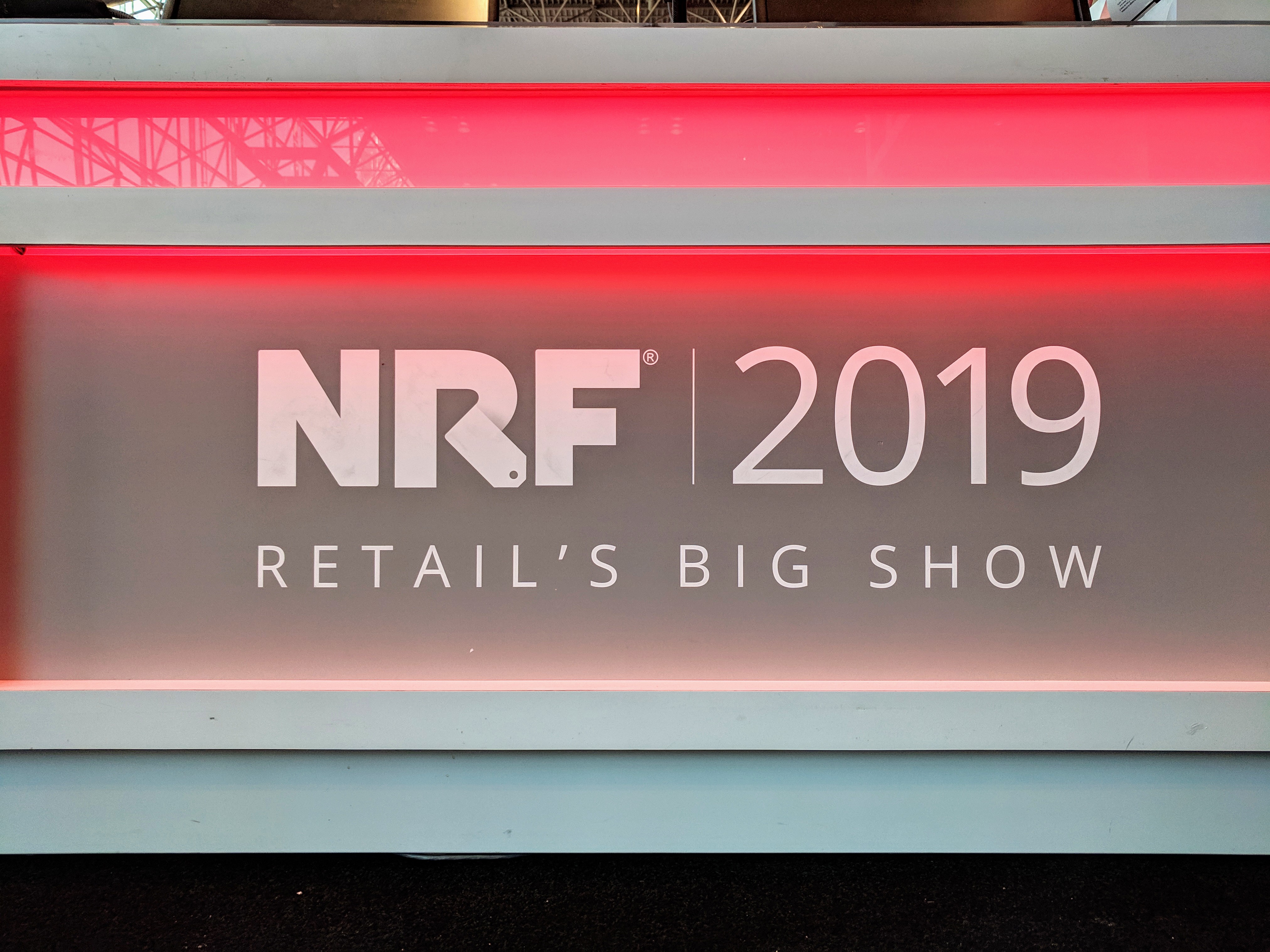
There’s a lot of change coming to retail.
This time it will not just be shiny objects in flagship stores. It will impact the local store level (for those local stores that are left, because some of it is already in the form of once bedrock brands going the way of the dinosaur).
Other changes will spring from brands who have understood the necessity of evolution and are bringing trust, seamless online/offline experiences, 360° customer service, community relevance, empowering guidance and customized incentives to consumers.
At NRF this year, there was a tangible sense of focusing on some core elements of change. Unified Commerce. AI and Machine Learning. Predictive Insights to help align inventory, purchase patterns and pricing with consumer preferences.
One lofty promise of all of this effort is greater “Personalization”—a retail buzzword for years that now truly seems to be in reach.
When that alignment is achieved, how will it be communicated? Much of what we saw had to do with how a consumer’s in-store experience can be personalized, based on data—the signals they’ve sent in the digital world. It is a promise built on the integration of these signals into your brand’s engagement with consumers. It can help you prepare for and welcome them into the store of the future. It’s a real good idea.
A truly unified Customer Experience should really start with the first ad someone saw. Trust, seamless expectation, relevance, guidance and customized incentives should begin from “Hello”. At By & Large, we have an opportunity to use the same data signals discussed all over the NRF show floor to create micro-targeted communications to foster more personalized conversations with your brand.
People come to your brand for a variety of different reasons, and a seamless consumer experience should respect those different reasons as you grow your relationship with consumers across your e-commerce website, your store, your blog and your presence on their very personalized social feeds.
Data = what we know about a consumer. It’s “Hey Alex!” or “Hey Moms and Dads!”, not “Hey You!” And it’s clear that “Hey You!” brands will be tomorrow’s retail fossils.
If a brand that’s looking to build their store inventory based on my personal preferences puts a “Hey You” ad in my Instagram feed, that’s a miss. If a brand that has a seamless relationship between my e-commerce checkout cart and their in-store customer profile ignores the chance to be on the Pinterest board I’ve personalized before the add-to-cart, that’s also a miss.
But it’s a miss no brand has to make. The tools are available to make 2019 a year of opportunity and advantage to any brand that is ready to make the move.
